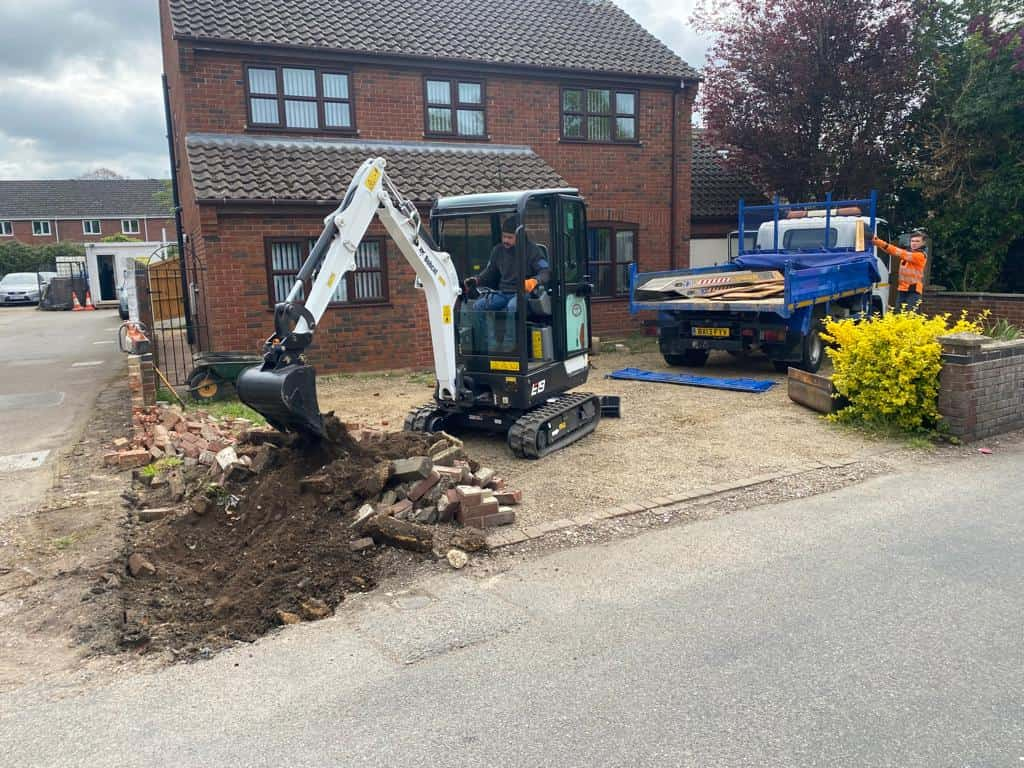The Evolution of Tarmac: From Macadam to Modern Asphalt
Introduction: Tarmac, known as asphalt or bitumen, is ubiquitous in road construction and driveway surfacing worldwide. But have you ever wondered about its history and how it has evolved? In this blog post, we’ll journey through the fascinating history of tarmac, from its early days as “macadam” to the modern asphalt surfaces we see today.
The Birth of Macadam
The story of Tarmac begins with a Scottish engineer named John McAdam. In the late 18th century, McAdam revolutionised road construction by introducing a new method known as “macadamization.” This innovative technique involved layering crushed stones of various sizes on a well-drained and compacted base. McAdam’s approach improved road durability and made travel more comfortable compared to the rough, muddy tracks of the time.
Tarmac Emerges
While macadam roads were a significant improvement, they still had their drawbacks. They could become dusty in dry weather and muddy during rain. To address these issues, Belgian-born engineer Édouard Louis Joseph, Baron Empain, made a groundbreaking development in road construction. In the early 20th century, Baron Empain introduced tarmac, a mixture of crushed stone or aggregate and bitumen.
Bitumen, a viscous black or brown substance derived from petroleum, served as the binding agent that held the crushed stone together. The use of bitumen reduced dust and mud issues and provided a smoother and more durable surface. This innovation marked the birth of modern tarmac.
The Rise of Asphalt
In the United States, “asphalt” became more commonly used than “tarmac.” Asphalt, like tarmac, combines aggregate and bitumen but may contain additional ingredients like sand and filler materials. Asphalt technology continued to evolve, and the asphalt concrete we know today became the standard for road construction and driveway surfacing.
Modern Asphalt Applications
Modern asphalt is a versatile material used for a wide range of applications, including:
Road Construction: Asphalt is the primary material used for road surfaces due to its durability, smoothness, and ability to withstand heavy traffic.
Driveways: Asphalt driveways are popular for homeowners due to their cost-effectiveness, longevity, and ease of maintenance.
Parking Lots: Commercial parking lots often feature asphalt surfaces for their durability and ability to handle a high volume of vehicles.
Athletic Surfaces: Many sports courts and tracks are surfaced with asphalt for their excellent traction and resilience.
Airports: Asphalt runways and taxiways are common at airports worldwide due to their strength and suitability for aircraft.
Conclusion: The evolution of tarmac, from John McAdam’s macadamized roads to modern asphalt, has profoundly impacted transportation and infrastructure. Today, we benefit from smooth, durable, and safe road surfaces that connect communities and support various industries.
We understand the importance of high-quality tarmac and asphalt surfaces for residential and commercial properties at Newmarket Driveway Surfacing. Whether you’re considering a new driveway or need repairs and resurfacing, we have the expertise to deliver top-notch results. Contact us today to learn more about our tarmac and asphalt services and how they can enhance the functionality and aesthetics of your property.
Call us on: 01638 591 795
Click here to find out more about Newmarket Driveway Surfacing
Click here to complete our contact form and see how we can help with your driveway needs.

